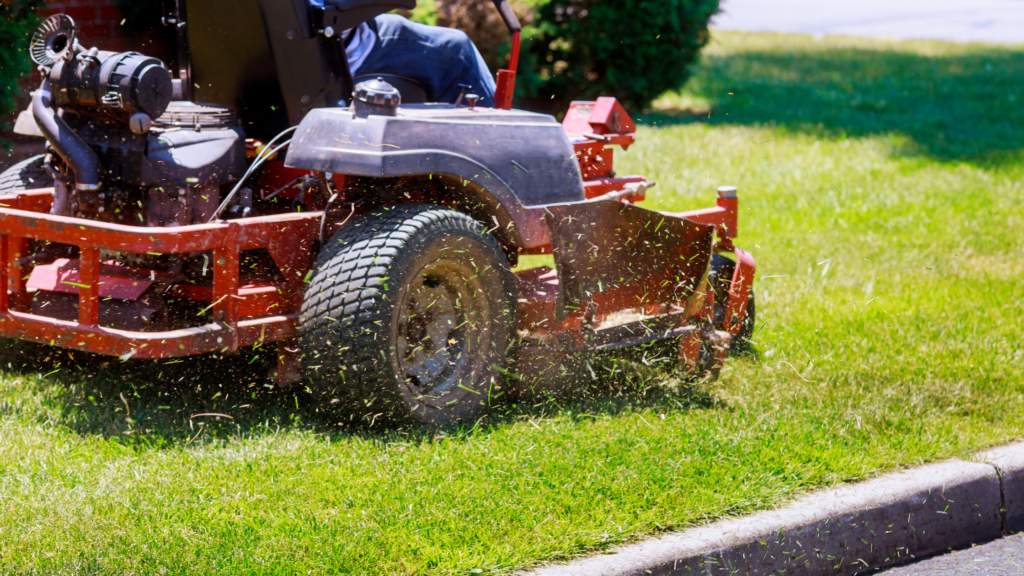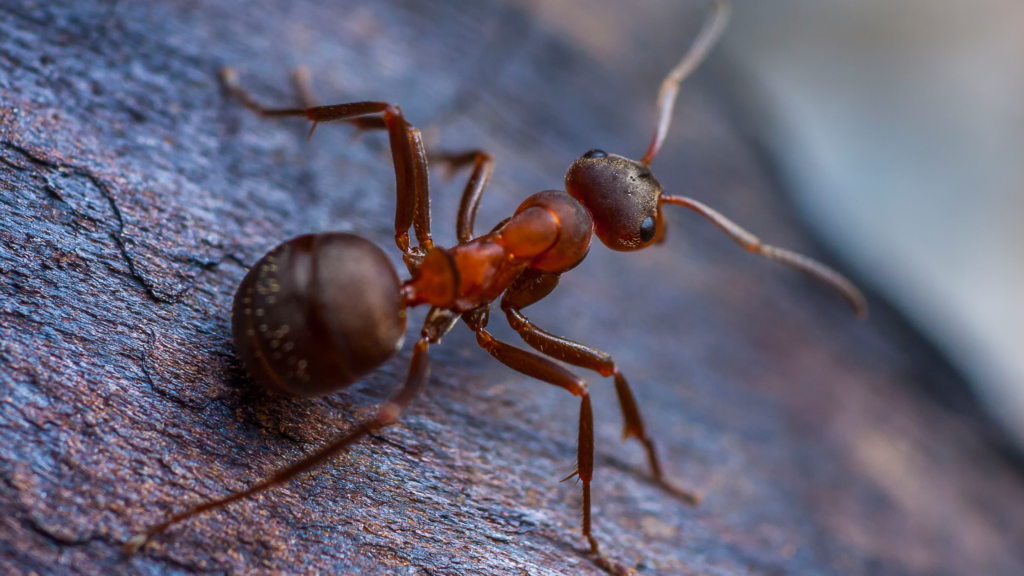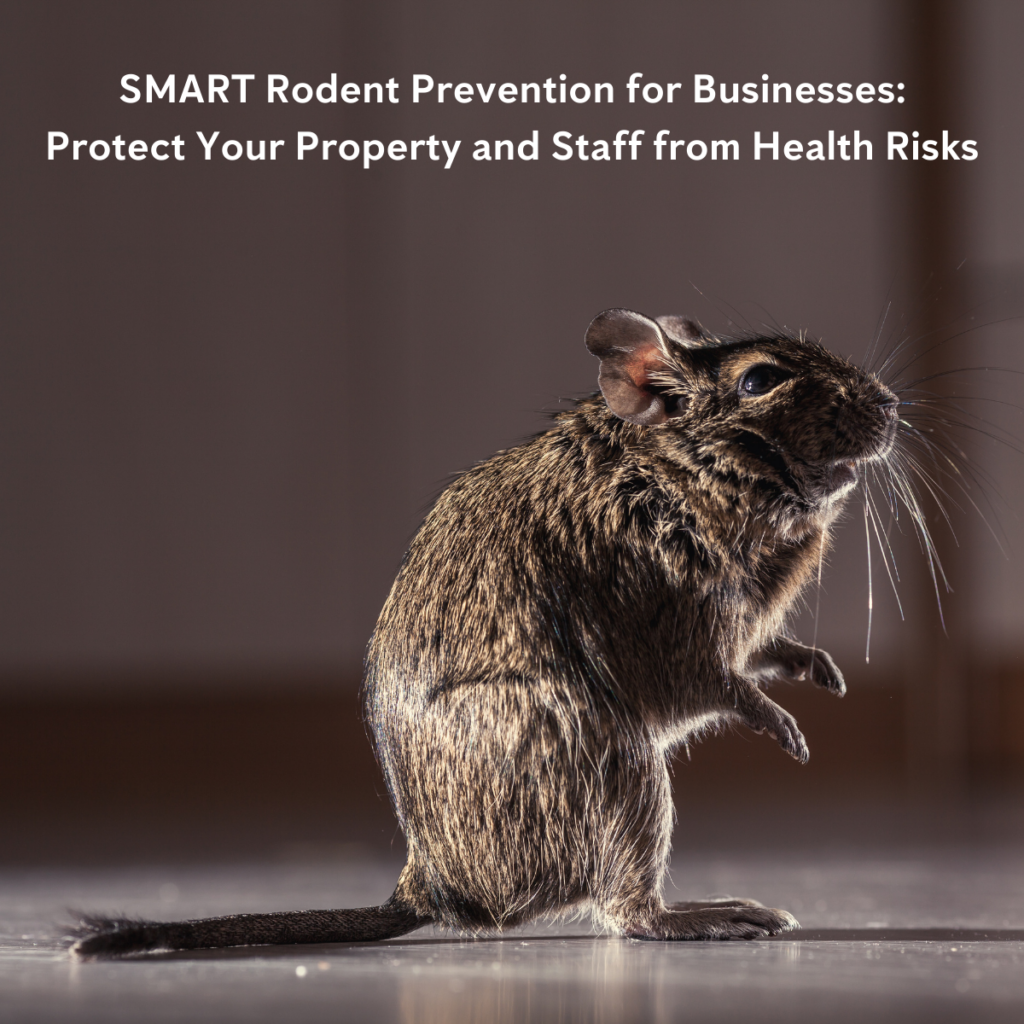Numerous types of rats and mice are included in the Rodentia category of mammals, and many of them are native to North America. Three of the most common types, through—the house mouse, the roof rat, and the Norway rat —traveled over on ships from other lands and then settled in nicely in the United States.
In fact, according to the National Park Service (NPS), they’ve adapted to life with people so well that they’re considered to be “commensal” rodents. This Greek term means “companion at meals” and the word illustrates what attracts rats and mice to people’s homes: ready access to food and water.
Rats and mice can be pretty stealthy creatures, though. “Hundreds,” the NPS says, “can be living in, under, and around a complex of buildings and few people in the area will be aware of their existence.”
If you suspect or know of the presence of rats and mice in your home and you’re in need of rodent removal services in our broad and wide service areas, please schedule a free home inspection.
Common Types of Florida Rodents
Rat and mice species have plenty in common, including how they contaminate food in a home, carry and spread diseases, and damage a home’s structure and wiring (with the latter having the potential to trigger house fires). They also have differences and here are overviews of four of Florida’s most common rats and mice, including information about their appearance to help with identification.
House Mouse (Mus musculus)
This short-haired creature can be black, light brown, or gray with the belly being a lighter shade of whatever hue exists on the rest of the body. They can grow up to 3.5 inches from nose tip to the tail end (not all do, though) with less fur on their ears and tail. The house mouse likes to nest inside of homes and other structures because they can hide from snakes and other natural predators and have shelter from bad weather. They can slither inside a home in cracks as small as a dime and then they’ll hunt out sources of food in pantries and kitchens.
You may or may not spot the actual mice in your home. If you see rod-shaped feces, though, pointed at both ends, you may have the house mouse. (It can be hard to distinguish the feces of the house mouse with that of a deer mouse, but our mice control team can do that for you.)
This species can spread salmonella and lymphocytic choriomeningitis, among other diseases. They also contaminate food supplies, which can also sicken you and your family. If you suspect the presence of the house mouse, contact us for mice/rodent control.
Deer Mouse (Peromyscus maniculatus)
This species is named after its appearance: brown with a white underbelly and feet, the same coloration as deer. Bigger than a house mouse, they can grow up to five, even eight, inches in length. Typically, they won’t live in the heart of your home. It’s more likely that you’ll spot them in an attic or basement, or in outbuildings such as garages and sheds, although they could build nests in wall voids, drawers, and boxes, or in upholstered furniture.
If there’s a seldom-used car on your property, they might build a nest inside that vehicle. At dawn or dusk, you might see them looking for food with favorite meals including berries and other small fruits, nuts and seeds, and bugs.
Unfortunately, the deer mouse can carry and transmit a sometimes-fatal respiratory disease: Hantavirus Pulmonary Syndrome. If someone simply breathes in an infected mouse’s airborne urine droplets, they can catch the disease. The disease can also be spread through a dead mouse, and even otherwise healthy people can be at serious risk if exposed to this virus. Again, this is what makes mice/rodent control so important.
Roof Rat (Rattus rattus)
These slender rats usually weigh between half a pound and a pound with a tail that’s longer than its head and body, combined. Fur can range from black to gray to tan with a light underbelly.
The inclusion of the word “roof” in their name refers to their ability to climb. In fact, they prefer to build nests off the ground, on roofs, in attics (where they chew on electrical wires and rafters), and in palm trees and other greenery. They appreciate citrus trees because they can also eat the fruit, with fruit, vegetables, and grain serving as their foods of choice. One roof rat eats about an ounce daily; with an infestation, that can quickly add up to plenty of contaminated food in your home.
This species reproduces quickly, becoming sexually mature in three to five months. In just one year’s time (their typical lifespan), one single female can have up to six litters with each one averaging six to eight babies.
Serious diseases they can carry include rat-bite fever, murine typhus, leptospirosis, and the plague. Fortunately, our experienced technicians can provide rodent control services to help protect your health and that of your family.
Norway Rat (Rattus norvegicus)
The Norway rat (also called the sewer rat or the brown rat) is often about as long as the roof rat, but it’s a hefty (and shaggy) creature. Fur is brown or gray and the scaly tails are shorter than the body/head length; ears are also scaly.
In spite of the Norway rat’s heftiness, they can slip into homes with half-inch holes. If a hole is smaller, these determined creatures can gnaw or burrow through it to get inside. They’ll then continue to gnaw through structural parts of the home, as well as through wiring, pipes, and foundation material.
These creatures contaminate food and can spread salmonella, the plague, cowpox virus, jaundice, and more. The solution: rodent control services by Turner.
Rodent Teeth
According to educational information provided by Michigan State University, teeth are the defining feature of rodents. In fact, the word “rodent” means “to gnaw.” All rodents have rootless incisors on the tops and bottoms of their mouths, ones that never stop growing. To manage their length (and to keep the incisors from growing into their brains), rodents grind their teeth together in a motion that resembles sharpening a knife against a grindstone. This motion makes their teeth super sharp, chisel-like, ideal for gnawing on wood, walls, wires, and more in your house.
Another distinguishing feature of rodents is the number of droppings they leave behind each day. One single rat will deposit about 50 feces with a mouse dropping anywhere between 50 and 100 of them. One rodent. Daily.
Preventing Rodent Infestations
Tactics exist to help keep rodents out of your home, largely focusing on sealing up entry points and preventing access to food and water. Tips include:
- Checking the home for even small openings, including where plumbing pipes and utility cables come in; caulk and seal them
- Inspecting all door and window screens and weatherstripping; make any necessary repairs
- Removing potential nesting materials in your home, including cardboard boxes and stacks of paper; instead, use plastic containers to store materials and use tight-fitting lids
- Cleaning up crumbs on countertops and food particles from sinks so that rodents can’t find even small bits of food
- Storing dry foods (grains and cereals) in sealed containers
- Seeking out potential nesting spots, including by car engines
- Monitoring wiring in your home and vehicles to ensure that no critters are gnawing on them
- Inspecting piles of wood, vegetation, and other more near your home where rodents will nest
- Examining your roof for their presence, along with the insides of chimneys and attic vents
Signs of Rodent Infestations
Sometimes, you’ll literally see one or more mice or rats in your home or on your property. Other times, you’ll hear nighttime scurrying, especially in the walls or the attic, or you’ll see oily marks on walls, floors, and baseboards. Another sign: dark droppings. You’ll typically see these pellets in the kitchen, pantry, or cupboards where food is stored, under sinks, and along baseboards.
As another possibility the first sign you spot may be their nests, usually in dark and secluded spots where paper, fabric, packaging and other materials have been shredded. Or, you might see gnaw marks on wood or walls. If you see one or more of these signs, contact us for a rodent inspection. We’ll be able to spot and identify the species.
Diseases Carried by Rodents
The Centers for Disease Control and Prevention (CDC) provides plenty of information about diseases carried by rats and mice, spread both directly and indirectly. Ones transmitted directly include:
- Hantavirus Pulmonary Syndrome
- Hemorrhagic Fever with Renal Syndrome
- Lassa Fever
- Leptospirosis
- Lymphocytic Chorio-meningitis (LCM)
- Omsk Hemorrhagic Fever
- Plague
- Rat-Bite Fever
- Salmonellosis
- South American Arenaviruses (Argentine hemorrhagic fever, Bolivian hemorrhagic fever, Sabiá-associated hemorrhagic fever, Venezuelan hemorrhagic fever)
- Tularemia
Ones that can indirectly be transmitted (a flea, for example, could bite a rat and then bite a person) include:
- Babesiosis
- Colorado Tick Fever
- Cutaneous Leishmaniasis
- Human Granulocytic Anaplasmosis
- La Crosse Encephalitis
- Lyme Disease
- Murine Typhus
- Omsk Hemorrhagic Fever
- Powassan Virus
- Relapsing Fever
- Rickettsial pox
- Rocky Mountain Spotted Fever
- Scrub Typhus
- Sylvatic Typhus
- West Nile Virus
Because these diseases can be quite dangerous to humans, it’s important to be proactive in your rodent removal strategies.
Turner for Pest Control for Rats and Mice
Clear reasons exist for ridding your home of them, and we offer rodent removal services throughout these areas of Florida. Just a few rats or mice can quickly turn into a dangerous infestation so, if you spot even one mouse or rat in your home, contact us. Our expert rodent exterminators are literally just one phone call away.
Here’s what you can count on with our rodent control services:
- Free rodent inspection: We’ll find where rats and mice may be entering your home and identify where they nest and travel around your house.
- Personalized plan: We’ll create a plan that’s customized to your unique situation and the severity of the infestation.
- Rodent control treatment choices: From a bait form of a rodenticide to rodent trapping (in snap traps that are safer for children and pets), we offer options.
- Monitoring: We’ll return regularly to empty and relocate rodent trapping areas and continue our treatment plan until your problem is addressed.
We began as a family-owned business and, although we’ve experienced tremendous growth over the years, we still focus on our “family” of cherished customers with an unwavering commitment to our neighbors.
Rodent exterminators at Turner Pest Control use the latest and most effective products and methods to keep you and your family safe, including eco-friendly choices, while also working hard to provide you with the best possible customer service. We go beyond simply saying that you’ll be satisfied with our rodent pest control services. If you’re ever dissatisfied, we’ll return until you are happy.
Plus, we keep rodent pest control simple. You can choose from flexible plans, selecting one that fits your needs and budget. We don’t ask you to sign long, complicated contracts and, at any time, you can cancel our services with no cancellation fees. Our expert technicians must pass stringent background checks, giving you peace of mind, and they arrive at scheduled times for the ultimate convenience.
We’ve earned the QualityPro Certified designation, a distinction given by the National Pest Management Association that’s earned by fewer than three percent of pest control providers in the United States. When you’ve got a problem with rats and mice, this lets you know that you’re choosing a rodent control company that has proven its standards of excellence.
The QualityPro certification is built on the principles of Business Operations, Environmental Stewardship, Consumer Relations, and Technician Training, and it serves as a symbol of our commitment to protecting our customers, our people, and our environment.
Turner Pest Control also provides SMART digital rodent control monitoring. This revolutionary technology detects and reports rodent activity in your home around the clock, allowing our technicians to quickly respond, empty traps, and stay ahead of infestation problems.
To get started with your pest control for rats and mice, please contact our rodent control company online or call 800-225-5305.



